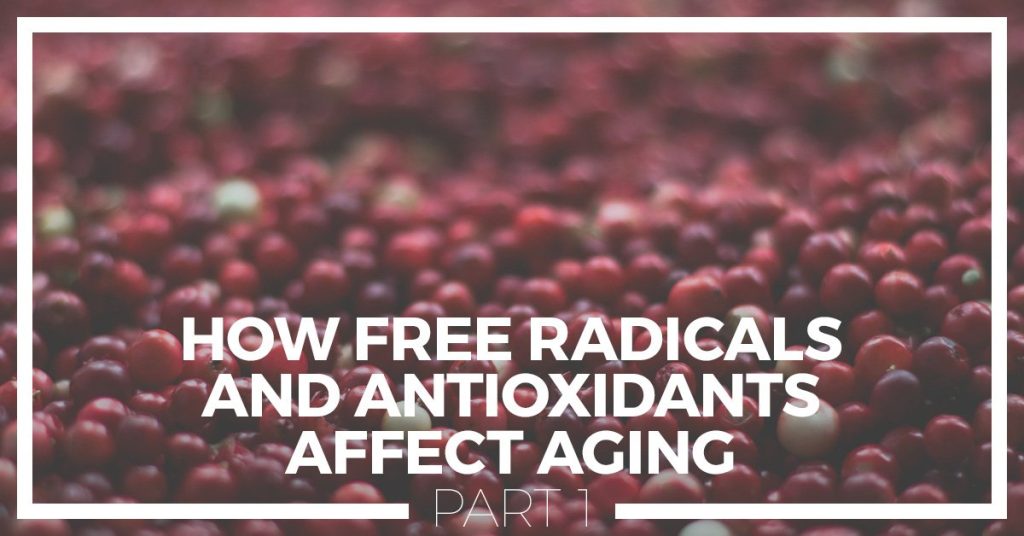It seems like everywhere you look, people are talking about antioxidants and free radicals. These terms have passed into common usage to the point where they’re familiar words that we’ve seen and heard on labels and in conversation. However, having meaning to attach to these words is a different story. What picture do you have in your head when you hear the words “Free Radicals” and “Antioxidants”? If you’re anything like us, “free radicals” sounds more like an activist group demonstrating in the streets, and “antioxidants” sounds more like a bad thing than a good thing. These two tiny actors are in your cells every day, and their actions can either take a toll on you or leave you feeling amazing. To understand the effect of antioxidants and free radicals in your cells, consider the following analogy. (We do NOT recommend trying this at your next kids’ party!)
A Rather Dark Children’s Game
Imagine a children’s game where you dress eight children in red shirts and call them free radicals. You give four of the children two balls, but you give the other four children just one ball. Then you tell all the children, “I’m going to leave the room for 15 minutes, and when I come back, everyone who is holding two balls will get a piece of cake. However, anyone who has only one ball will not get any cake. You are allowed to steal a ball from another child if you can get it. Go.”
As soon as you leave the room, the children with only one ball chase after the other children until they steal a ball. They have a free hand, which makes it easier for them to steal one. Then a child who has just been stolen from runs around batting at the balls in everyone’s hands to try to knock them down. Balls go flying everywhere and a melee ensues, with everyone scrambling to grab the loose balls. Over the next 15 minutes, how torn up do you expect your living room (and the children themselves) could get?
Now imagine that you have four other children dressed in white shirts and you call them the antioxidants. At the 10-minute mark, you give them three balls each, and you say to them, “I’m going to send you into the room just now. When you get there, please look for any child who has only one ball and give one of your balls to them.” They enter the room and donate their balls to their friends who have only one ball, and suddenly everyone is happy. Everyone gets cake. The melee dies down, the kids dust themselves off, and everyone relaxes. When you walk into the room at the 15-minute mark, order is restored.
Now reduce your house down to the size of a single cell, and you have an approximate picture of what free radicals and antioxidants are doing.
What are Free Radicals?
“Free Radical” is a chemistry term to refer to an atom or a group of atoms that has an odd number of elections, leaving an unpaired electron. The nature of an unpaired electron is that it will seek to “rob” an electron from the nearest molecule, resulting in that molecule becoming a free radical. This can spark a chain reaction where each molecule robs an electron from the next. However, stealing an electron from vital cellular machinery (such as DNA or the cell wall) results in damage or death to the cell.
What are Antioxidants?
Antioxidants are molecules who donate an electron to the free radical, thus satisfying its need for an electron, without becoming free radicals themselves. Thus, antioxidants diffuse the chain reaction of molecules robbing electrons from each other because there is one too few electrons to go around. Antioxidants restore the situation so that each atom or molecule has the amount of electrons it craves (which is based on the number of protons in the atoms).

Stay tuned for our next blog post, when we explore more information about how you can apply your understanding of free radicals and antioxidants to anti-aging. In the meantime, there’s no better way to get a comprehensive plan to fight the effects of aging than by scheduling a consultation with Rejuvime Medical. Contact us today to set up your appointment!

Leave a Reply